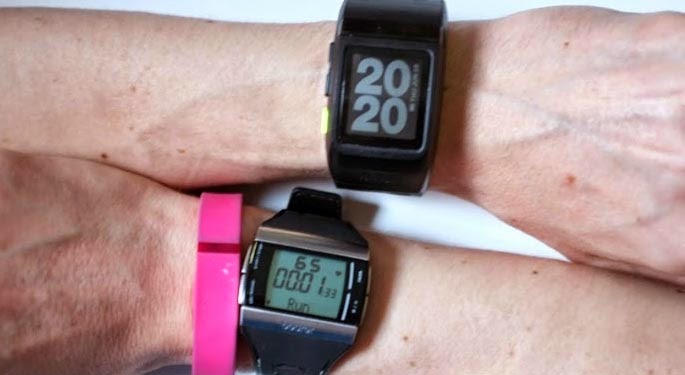On the back of the Google I/O conference in San Francisco, the first Android Wear watches have been released.
LG's G Watch ($229/£159) and Samsung's Gear Live ($199/£169 - more expensive in the UK for some reason) can now be pre-ordered for early July delivery.
Motorola's much anticipated 360 (around $250) is expected sometime during the summer.
On the wrist
Of course, the point of this first generation of smartphones is - like the Pebble - to link to your phone and act as a notification point for messaging and Google Now, as well as providing the opportunity for voice search.
They will also sync with peripherals such as heart rate monitors, although it's not clear that these devices will attract the fitness crowd per se. Design-wise, they're just a bit professional.
Next up, let's see if Apple can fulfil its "50 million sales" expectations...
LG's G Watch ($229/£159) and Samsung's Gear Live ($199/£169 - more expensive in the UK for some reason) can now be pre-ordered for early July delivery.
Motorola's much anticipated 360 (around $250) is expected sometime during the summer.
On the wrist
Of course, the point of this first generation of smartphones is - like the Pebble - to link to your phone and act as a notification point for messaging and Google Now, as well as providing the opportunity for voice search.
They will also sync with peripherals such as heart rate monitors, although it's not clear that these devices will attract the fitness crowd per se. Design-wise, they're just a bit professional.
Next up, let's see if Apple can fulfil its "50 million sales" expectations...







